Boston Declares Flu Emergency
10 Jan, 2013
(Reuters) – With flu cases in this city up tenfold from last year, the mayor of Boston declared a public health emergency on Wednesday as authorities around the United States scrambled to cope with a rising number of patients.
U.S. health authorities say the flu arrived about a month earlier than usual this year, and the flu strain making most people sick – H3N2 – has a reputation for causing fairly severe illness, especially in the elderly.
As a result, hospitals around the country have been forced to find additional space to treat the ill, and some have had to turn people away.
Mayor Thomas Menino said the number of reported infections in Boston is already 10 times higher than last season’s reported caseload, and said the city would begin offering free flu vaccinations on Saturday in an effort to stem the spread.
“The latest reports show an increasingly tough flu season,” Menino told reporters. He urged residents to get vaccinated, saying, “We are less than halfway through the flu season.”
Part of the alarm this year, experts say, is that the flu seems so much worse when compared to last year’s very late and very mild flu season, in which hospitalization rates were low.
“That is in the recent memory of many people. They can tend to underestimate the effects of flu, but it puts several hundred thousand people in the hospital every year. It can kill up to 50,000 people every year, and there are certain groups — people with underlying medical conditions, the elderly and the very young — who are at risk for severe illness from flu,” said Dr. Michael Jhung, a flu expert at the U.S. Centers for Disease Control and Prevention.
Although it varies widely from year to year, the flu season typically starts in December, builds to a peak in January or February and fades away by late March or early April.
The CDC does not track all cases of flu. Instead, it measures the percentage of people who are going to their doctor complaining of influenza-like illness.
As of last Friday, the proportion of people visiting their doctor with flu symptoms had climbed from to 5.6 percent, up from 2.8 percent a month earlier. That compared with 2.2 percent at the peak of last year’s mild flu season and 7.7 percent at the peak of the 2009 H1N1 swine flu pandemic.
“This is a bad year. There’s no question about it,” said Dr. William Hanage, an associate professor of epidemiology at the Harvard School of Public Health.
“It’s going to be, at minimum, moderately severe,” Hanage said, adding that the outbreak looks less severe than in 2009 when the dominant strain was the H1N1 swine flu.
The CDC recommends that everyone over six months of age get a flu shot, especially people in high-risk groups, such as those under 5 or over 65 and people with chronic medical conditions, such as asthma or heart disease.
Mentioned In This Post:
About the author
Related Posts
-

This Coward Streams Shooting On Social Media
-

What Virus???
-
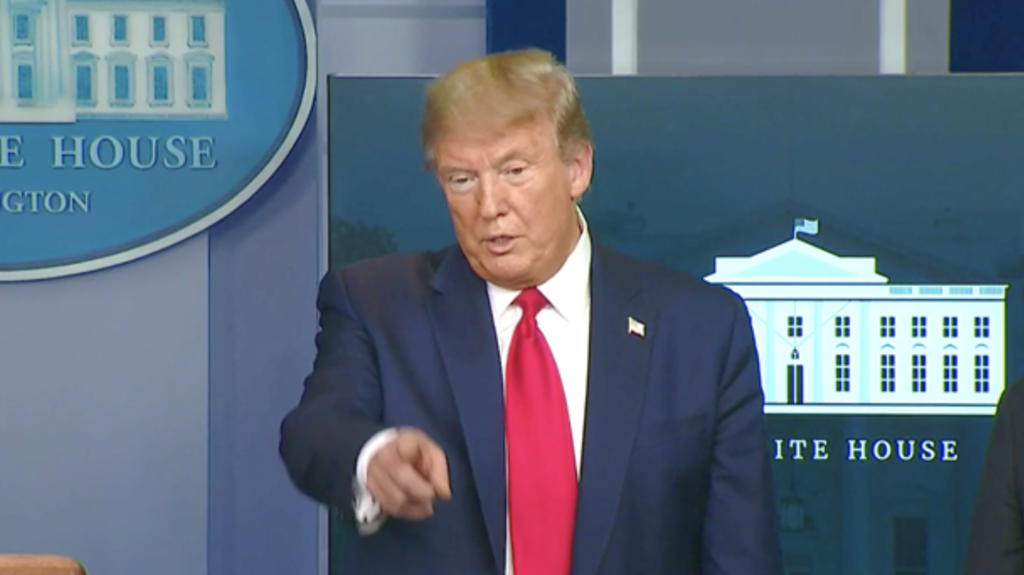
The President Did Not Have A Good Day Today
-
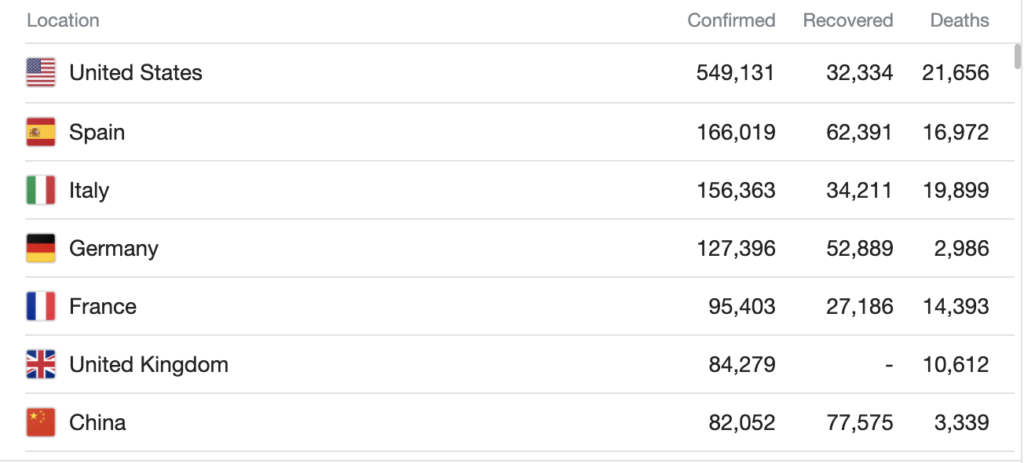
America Has Failed Americans
-

Get These Heroes Some Damn Help!
-
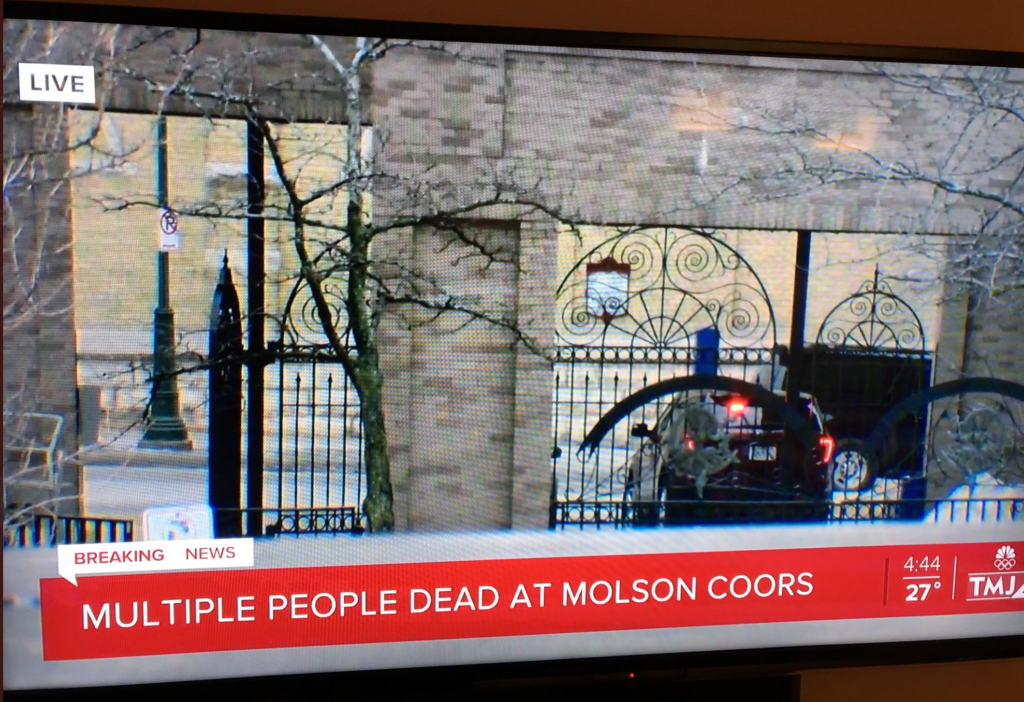
Coward With A Gun Kills 5 at Work
-

The CoronaVirus Makes It To Chicago
-
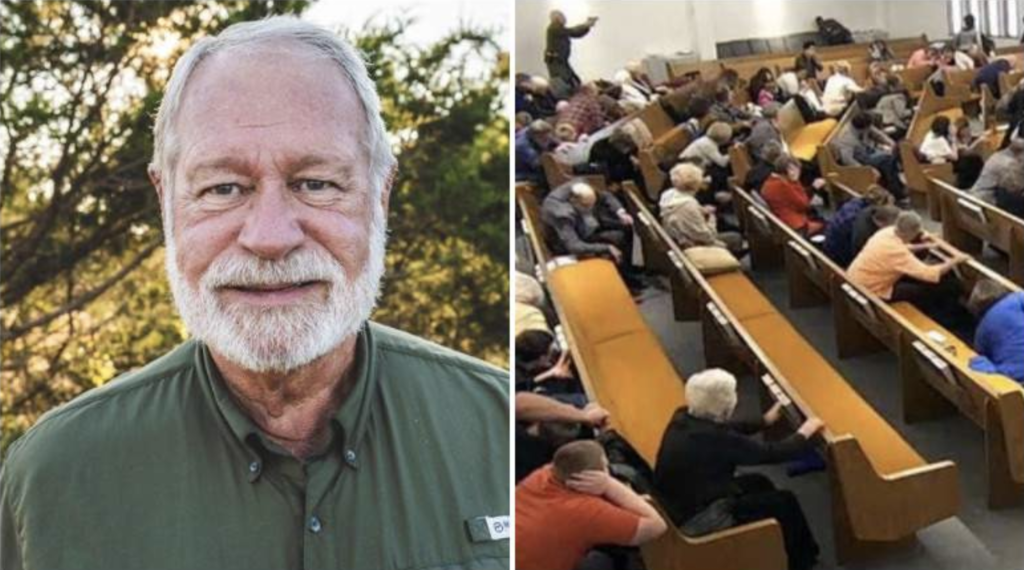
A Gunman Walked Into The Wrong Church
-
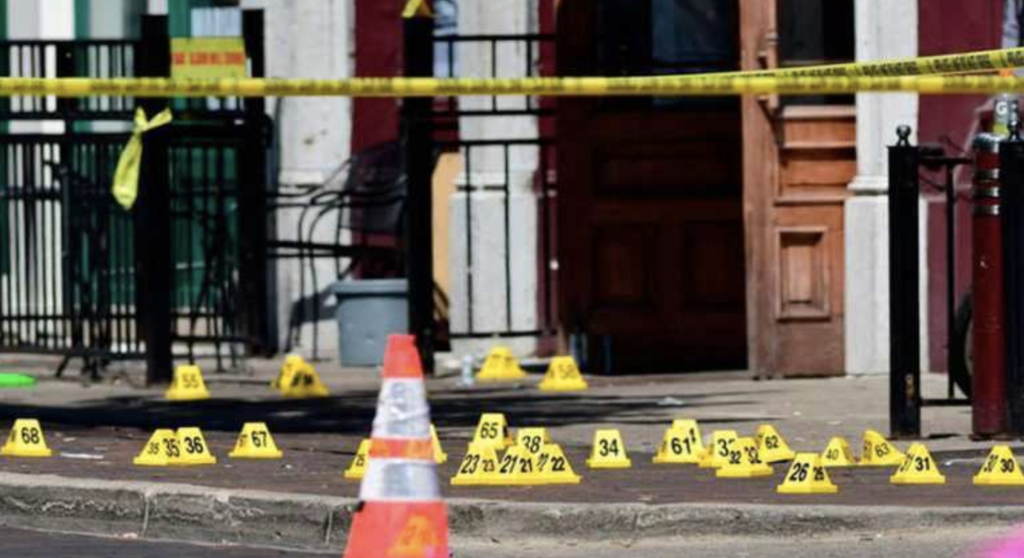
WTF CHICAGO???
-

Another Day, Another School Shooting #ThisIsAmerica










